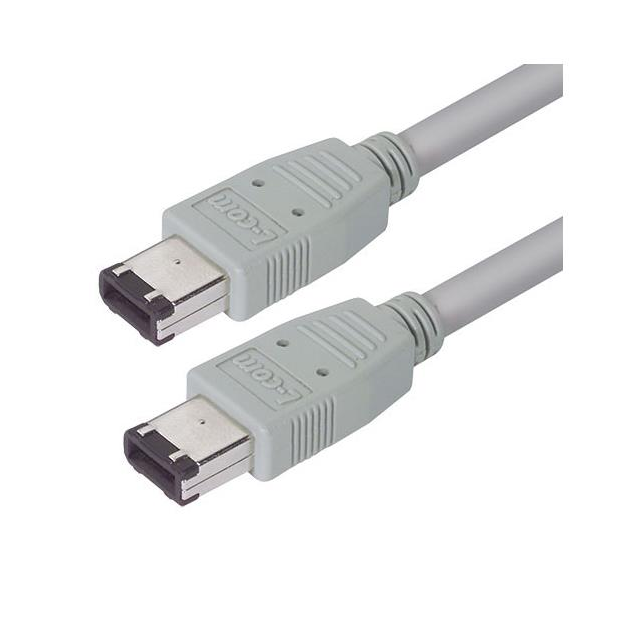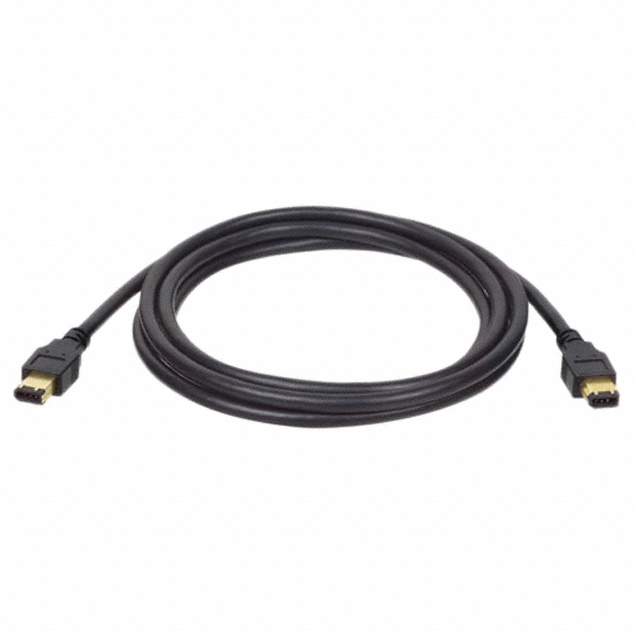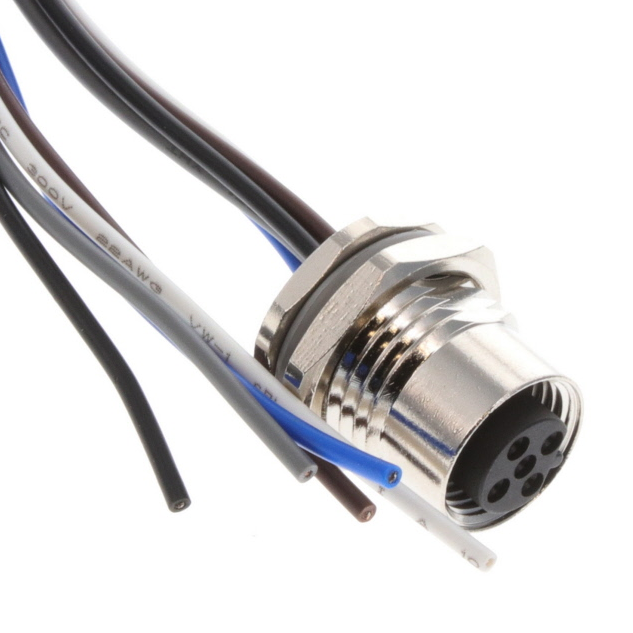Keeping progressing, Pursuing integrity, Embracing future
Testing the performance and safety of cables involves multiple aspects, and the following are some key testing items and methods:
Electrical performance testing:
Including conductor DC resistance, insulation resistance, finished product voltage test, insulation wire core voltage test, etc. These tests can evaluate the electrical transmission performance of cables and the insulation performance of insulation materials
.
Mechanical performance testing:
Involving the tensile strength and elongation at break of insulation and sheath plastic materials, as well as the bending test and bending test of flexible cables. These tests evaluate the mechanical strength and durability of cable materials
.
Performance test of insulation and sheath materials:
Including tests such as thermal weight loss, thermal shock, high temperature pressure, low temperature bending, low temperature stretching, low temperature impact, flame retardant performance, etc. These experiments help to understand the performance of materials under extreme temperatures and pressures
.
Sign inspection:
Check if the cable packaging and surface markings are clear and scratch resistant, including product model, specifications, standard number, factory name, and place of origin information
.
Structural dimension inspection:
Measurement of insulation and sheath thickness, thinnest thickness, external dimensions, etc. to ensure that cable dimensions meet design requirements
.
Aging and stability test:
Evaluate the stability and aging performance of cable materials during long-term use
.
Thermal stability test:
Evaluate the performance of cables under high temperature conditions through current heating and voltage withstand testing
.
Power frequency withstand voltage testing:
Use AC working voltage to test the voltage resistance performance of wires and cables, ensuring the safe operation of cables under high voltage
.
Bending performance test:
Inspect the winding and twisting performance of wires and cables, and evaluate the performance of cables under dynamic usage conditions
.
Appearance inspection:
Check if the cable sheath is intact and if there are any scratches, damages, peeling, or other surface defects that may affect the insulation performance and mechanical strength of the cable
.
Dimensional inspection:
Measure the diameter of the conductor and the thickness of the insulation layer to ensure that the size of the cable meets the specification requirements
.
Non destructive testing (NDT) technology:
Methods such as X-ray testing, ultrasonic testing, and thermal imaging can accurately locate and evaluate the internal structure and hidden defects of cables without damaging them
.
Online monitoring technology:
By installing sensors and monitoring devices in the cable system, real-time collection of temperature, current, voltage and other parameters of the cables is carried out to continuously monitor the operating status of the cables
Inquiry
LATEST BLOGS
INQUIRY
RELATED PRODUCTS
 How to evaluate the lifespan of wiring harnessesRCD has over a decade of experience in the assembly of cables and connectors required for outdoor harsh environment equipment.
How to evaluate the lifespan of wiring harnessesRCD has over a decade of experience in the assembly of cables and connectors required for outdoor harsh environment equipment. What is the best practice for wiring harness routingRCD has over a decade of experience in the assembly of cables and connectors required for outdoor harsh environment equipment.
What is the best practice for wiring harness routingRCD has over a decade of experience in the assembly of cables and connectors required for outdoor harsh environment equipment. What factors need to be considered in wire harness designRCD has over a decade of experience in the assembly of cables and connectors required for outdoor harsh environment equipment.
What factors need to be considered in wire harness designRCD has over a decade of experience in the assembly of cables and connectors required for outdoor harsh environment equipment.




